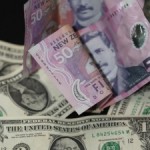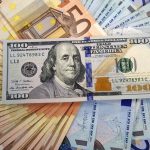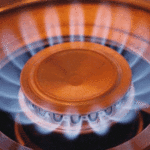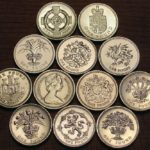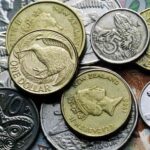On Monday gold for delivery in August traded within the range of $1,199.00-$1,213.15. Futures closed at $1,212.15, shedding 0.14% from Friday’s close. It has been the 44th drop in the past 84 trading days and also a ninth consecutive one. The daily low has been the lowest price level since February 17th, when a low of $1,196.50 was registered. The precious metal has gone down 5.84% so far during the current month, following four consecutive months of advance.
On the Comex division of the New York Mercantile Exchange, gold futures for delivery in August were edging up 0.12% on Tuesday to trade at $1,213.55 per troy ounce. The precious metal went up as high as $1,216.55 during early Asian trade, while the current daily low was at $1,211.50 per troy ounce, recorded during the early phase of the European trading session.
The US Dollar Index, a gauge reflecting the relative strength of the greenback against a basket of 6 other major currencies, was inching up 0.03% on the day at a level of 95.75, after reaching 95.82 earlier. The index has increased its advance to 2.91% so far in May. Stronger dollar usually pressures demand for gold and other dollar-denominated commodities, as they tend to become more expensive to holders of other currencies.
Today gold trading may be strongly influenced by the monthly report on personal income and spending in the United States. Personal spending probably rose 0.7% in April, according to market expectations, while personal income was probably up for a 13th consecutive month in April, increasing at a monthly rate of 0.4%. If expectations were met, April’s rate of increase in spending would be the steepest one since May 2015, when a gain rate of 0.7% was reported. Higher-than-expected rates of increase imply good employment conditions and, therefore, are dollar positive and bearish for gold, respectively. The Bureau of Economic Analysis is to publish the official figures at 12:30 GMT.
A separate report by the Conference Board research group may show that confidence among consumers in the United States probably improved in May. The respective index may come in at a reading of 96.0, according to market expectations, after it was reported at 94.2 in April. In case the actual performance outstripped expectations, this would have a strong bullish effect on the US dollar and a strong bearish effect on gold, as higher confidence suggests a greater willingness to spend and, respectively, an accelerated economic growth. The Conference Board is to release the official index reading at 15:00 GMT.
Better-than-anticipated macroeconomic numbers may add to the case that US economy is resilient enough to endure a rate hike in the upcoming months.
According to CME Group’s FedWatch tool, there is a 28% probability that Fed policy makers will decide to hike rates at the Bank’s meeting in June, a 60% chance at the July meeting and a 68% chance for such a move to occur in September.
Meanwhile, silver futures for delivery in July were up 0.44% on the day to trade at $16.105 per troy ounce, after going up as high as $16.175 a troy ounce during the early phase of the Asian trading session.
Daily and Weekly Pivot Levels
By employing the traditional calculation method, the daily pivot levels for gold are presented as follows:
Central Pivot Point – $1,208.10
R1 – $1,217.20
R2 – $1,222.25
R3 – $1,231.35
S1 – $1,203.05
S2 – $1,193.95
S3 – $1,188.90
By using the traditional method of calculation again, the weekly pivot levels for gold are presented as follows:
Central Pivot Point – $1,223.93
R1 – $1,241.47
R2 – $1,269.13
R3 – $1,286.67
S1 – $1,196.27
S2 – $1,178.73
S3 – $1,151.07

